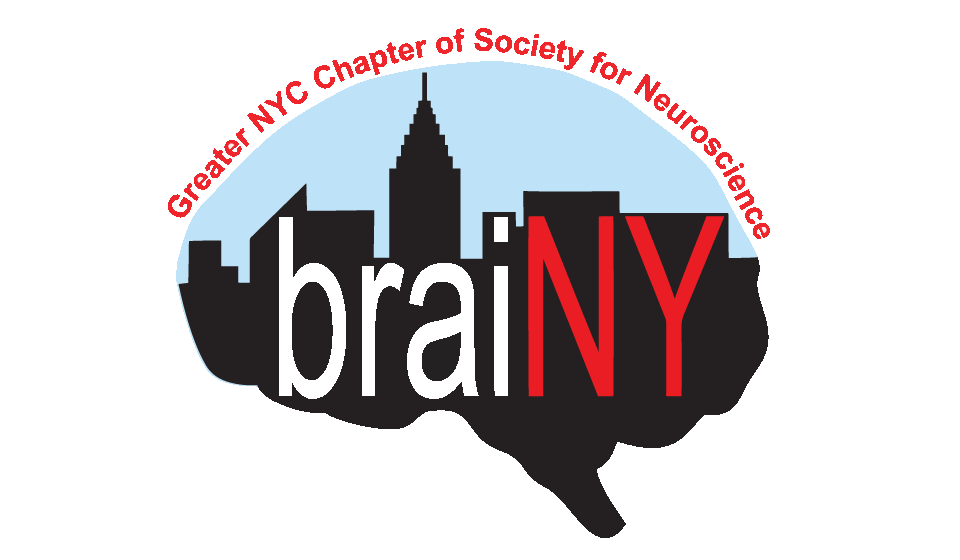Katie Insel: Neurodevelopmental shifts in learned value transfer on cognitive control during adolescence
Teens and adults alike are faced with many self-control dilemmas in their daily lives, but research is just starting to understand what types of situations might help improve the ability to engage in self-control. Prior research has shown that the presence of a reward can help adults exert self-control in the heat of the moment. In fact, this effect is so powerful, that, in some cases, the mere presence of an image that was previously associated with rewards can help adults exert better self-control, even if they are no longer paid for their actions. However, little is known about whether adolescents can use reward-related images to improve self-control when incentives are no longer at stake. To answer this question, we conducted a study at Harvard University in the Affective Neuroscience and Development Lab led by Professor Leah Somerville. Adolescents and young adults aged 13 to 20 completed computer games while getting their brains scanned. First, participants learned which images were associated with low and high amounts of money. Next, they completed a self-control game, where they were told to press a button as quickly as possible to most images, but to not press to a select few. Importantly, for this part of the game, participants did not win any money, which allowed us to test how the mere association between the images and rewards impacts self-control. For some parts of the game, participants had to stop pressing the button for images that had previously paid out high amounts of money, and in other parts of the game they had to stop pressing for images that previously paid out low amounts of money. The critical measure was how self-control performance differed for the low-reward and high-reward images. If seeing high-reward images improves self-control, then participants should be better at not pressing to these images during the self-control game. This is exactly what we found for the young adult participants. Adolescents, on the other hand, did not show a benefit in self-control and performed similarly for the low-reward and high-reward images. Because the participants underwent functional magnetic resonance imaging (fMRI), which provides an indirect measurement of brain activity, we could detect which brain regions were more active for the high-reward images during the self-control game. Given that the striatum is commonly activated when individuals anticipate or receive rewards, and the prefrontal cortex, which continues to develop into young adulthood, is important for self-control, we were particularly interested in these regions. Compared to adolescents, young adults showed more activation in the striatum and prefrontal cortex when exerting self-control for high-reward images, which may explain why behavior changed with age. Together, these findings suggest that the ability to use reward associations to boost self-control might develop later on in adolescence due to ongoing brain development. This research reveals some exciting new hints about how motivation and self-control processes are changing during development. More work is needed to understand what these findings mean for the real-world situations that adolescents encounter in their daily lives.
Article can be found here: https://www.sciencedirect.com/science/article/pii/S1878929319303172
Katie Insel (csi2101@columbia.edu)

